Australian reptiles list with pictures and facts. This page is part of our reptiles section: Reptiles: The Ultimate Guide.
Australia is home to many amazing reptiles. It may be the smallest continent, but Australia is also the sixth largest country, and has plenty of different habitats to support a wide range of reptilian life.
On this page you’ll meet some of the best-known reptiles of Australia.
Introduction
Australia’s wildlife is famous throughout the world not only for its diversity, but also for being dangerous!
No list of Australian reptiles would be complete without a selection of deadly species, and on this page you'll meet both the fearsome saltwater crocodile (the world’s largest living reptile) and the inland taipan – the world’s most venomous snake!
However, it must be remembered that only a small fraction of Australia’s reptiles are dangerous. Species such as the thorny devil and the frilled lizard are just as fascinating … and far less frightening!
Let’s meet some amazing Australian reptiles …
You can find out more about Australian wildlife on the following pages:
Reptiles of Australia
(Note: if your favourite Australian reptile is missing, let us know in the comments; we may even include it in the list!)
Australian Crocodiles
Crocodiles are members of the order Crocodilia. They are large aquatic reptiles that spend most of their lives in the water. Crocodiles are fearsome ambush predators. They are armed with jaws filled with rows of teeth and an incredibly strong bite.
Freshwater Crocodile
- Scientific Name: Crocodylus johnsoni
- Conservation Status: Least Concern
The freshwater crocodile is a relatively small species of crocodile. A large male will will reach lengths of around 3 m (9.8 ft.). Both sexes are grey / olive brown in colour and marked with dark patches.
The species is endemic to (i.e. only found in) northern Australia. It is found in permanent billabongs (isolated pools left behind after a river changes course), swamps and rivers surrounded by otherwise dry country.
The freshwater crocodile lays eggs in nests, but does not attend to the nest while the eggs are incubating.
Before hatching, the young call out from their eggs. Upon hearing the cries, a female crocodile (not necessarily the mother) helps them to hatch, and may even transport the young to the water in her mouth.
- You can find out more about this species here: Freshwater Crocodile Facts
Saltwater Crocodile
- Scientific Name: Crocodylus porosus
- Conservation Status: Least Concern
Known as a ‘salty’ in Australia, the saltwater isn’t just the biggest crocodile in the country, it’s the biggest crocodile in the world. In fact, it’s the world’s biggest living reptile. This fearsome animal can reach lengths of well over 6 m (19.7 ft.).
Apart from its great size, distinguishing features of the saltwater crocodile include a wide snout, wide body and fewer scutes (the protective plates found in a reptile’s skin) on its neck than other species. The species ranges in colour from grey to nearly black. Most are dark green.
The saltwater crocodile is found in estuaries, river systems and swamps in northern Australia. It is also found in several Southeast Asian countries and territories. The species is able to travel long distances by sea.
Male saltwater crocodiles are territorial and less social than other crocodiles. Females lay hard shelled eggs and guard their nests and the hatchlings.
- You can find out more about the saltwater crocodile here: Saltwater Crocodile Facts
Australian Lizards
Lizards, like snakes, are members of the order Squamata. Squamata contains more species than all other reptilian orders combined. Most lizards have four legs, although some (including the common scaly-foot, below) have snake-like bodies that lack legs.
Common Bluetongue
- Scientific Name: Tiliqua scincoides
- Conservation Status: Least Concern
The common bluetongue is otherwise known as the Australian blue-tongued skink. It is one of several blue-tongued lizards in the genus (a group of closely-related animals) Tiliqua.
The species is a large skink (a variety of lizard) with smooth scales, stout body and short legs. It has a banded pattern, with darker stripes on a pale background.
The tongue of the common bluetongue is (unsurprisingly!) bright blue. The lizard reveals its tongue as a threat display.
The common bluetongue is ovoviviparous; the eggs develop and hatch inside the body of the female, who gives birth to live young.
Frilled Lizard
- Scientific Name: Chlamydosaurus kingii
- Conservation Status: Least Concern
This distinctive Australian reptile has a large flap of skin around its neck. When threatened, the lizard raises the flap of skin like an umbrella around its head.
The skin is brightly-coloured and makes the frilled lizard appear much larger than it actually is. The lizard hopes that this display is enough to distract or scare off any potential predator. The display is also used during courtship.
The frilled lizard is grey to orange-brown. This coloration serves as camouflage; the lizard is typically found perched on a tree trunk. The species is relatively large, reaching nose to tail lengths of 85 cm (2.79 ft.). It is capable of walking bipedally (i.e. using only its hind legs).
The frilled lizard preys on insects and small vertebrates.
- You can find out more about this species here: Frilled Lizard Facts
Gould's Monitor
- Scientific Name: Varanus gouldii
- Conservation Status: Unassessed
Gould’s monitor is a large monitor lizard. It is also known by a number of alternative names, including sand goanna and sand monitor.
Like all monitor lizards, Gould’s monitor is a large, long-necked reptile with powerful limbs and clawed digits. Gould’s monitor can reach lengths of up to 140 cm (4.6 ft.).
Gould’s monitor has yellow-brown skin with dark markings. It digs burrows and also shelters in holes in rocks and in hollow trees.
The species is found throughout much of Australia. It hunts a variety of small animals and will also eat carrion.
Thorny Devil
- Scientific Name: Moloch horridus
- Conservation Status: Least Concern
Also known as the thorny dragon, the thorny devil is found throughout much of Australia. It is not present in the northernmost parts of the country or in much of eastern Australia.
The species inhabits dry habitats and has some amazing adaptations for this lifestyle. Moisture from the air collects on its body and is channelled towards its mouth along grooves between the spines.
The thorny devil has a number of defensive adaptations. These include its fearsome spines, which make it difficult for a predator to swallow. It also has a false head behind its real head.
The thorny devil feeds mainly on ants, and can eat up to 5,000 in one day.
- You can find out more about this species here: Thorny Devil Facts
Tree Dtella
- Scientific Name: Gehyra variegata
- Conservation Status: Least Concern
The tree dtella is also known as the variegated dtella. It is a species of gecko. It is mainly found in the south-west of Australia. It lives in arid (dry) habitats.
This small lizard is around 12.5 cm (5 in.) long, with over half of that length being the tail. The species is often found underneath the bark of trees or in other crevices. It has a flat, grey-brown body that is covered in darker markings (many other colour variations exist).
At the tips of the tree dtella’s digits are large pads that enable it to climb.
Common Scaly-Foot
- Scientific Name: Pygopus lepidopodus
- Conservation Status: Unassessed
It may look like a snake, but in fact the common scaly-foot is a legless lizard. Growing up to 80 cm (31.5 in.), the common scaly-foot is pale brown or grey. It has no front legs, and its hind legs are nothing more than scaly flaps – it is these that give the lizard its name.
The spices is only found in Australia, and its range covers most of southern Australia. Its preferred habitats include heaths and grasslands. It hunts insects and spiders.
The common scaly-foot is often kept as a pet.
Australian Snakes
Many of Australia’s snakes are highly-venomous. Don’t let that put you off these fascinating reptiles; most will (usually!) only attack if provoked.
Eastern Brown Snake
- Scientific Name: Pseudonaja textilis
- Conservation Status: Unassessed
The eastern brown snake is the world’s second most venomous snake. It is responsible for 60% of fatal snake bites in Australia. (The world’s most venomous snake is the inland taipan, another species found in Australia.)
Also known as the common brown snake, this fearsome reptiles is found in eastern and central Australia, and also in New Guinea.
Growing up to 2 m (7 ft.) in length, the eastern brown snake ranges in colour from grey-brown to almost black. Its undersides are yellow, often with orange or brown markings.
The species is found in a variety of habitats, including scrublands and grasslands. It benefited from large-scale land clearing for agriculture and the ensuing increase in rodent populations.
The eastern brown snake feeds mainly on mammals, including rodents and rabbits.
Northern Death Adder
- Scientific Name: Acanthophis praelongus
- Conservation Status: Unassessed
Northern death adders are one of several death adder species. All are relatively short, thick snakes that are highly venomous.
The northern death adder is found in northern Australia. It lives on the ground among leaf litter of forests and woodland.
The species has a large head, thin neck and powerful body. It is brown or red-brown in colour and has pale stripes.
The northern death adder has long fangs and its bite is potentially fatal to humans.
Olive Sea Snake
- Scientific Name: Aipysurus laevis
- Conservation Status: Least Concern
Like other sea snakes, the olive sea snake swims using its specially-adapted flattened tail. Although it does not have gills, and must therefore come to the surface to breathe, it is highly-adapted for an aquatic lifestyle. A large lung runs almost the entire length of its body, and around 25% of its oxygen requirements can be acquired via its skin. It can dive for several hours before coming up for air.
The species spends its whole life in the ocean.
The olive sea snake (also known as the golden sea snake) has smooth scales and ranges in colour from purple to green-brown. It lives on coral reefs and shelters in coral when not hunting. Light sensing organs in its tail may help it to determine whether or not it is totally concealed.
The olive sea snake hunts at night, and feeds on fishes and crustaceans. Its bite is highly venomous, and potentially fatal to humans. However, attacks on humans are rare.
Scrub Python
- Scientific Name: Morelia amethistina
- Conservation Status: Least Concern
The scrub python is the largest snake found in Australia, and one of the top 6 largest snakes in the world. It is also known as the amethystine python.
This huge species is said to reach lengths of up to 8.5 m (27.9 ft.)! Most individuals are somewhat shorter than this. A large female (the larger of the sexes) will reach around 4 m (13.1 ft.).
The scrub python is grey-brown in colour, and has both darker and lighter blotchy markings on its body.
The species is an expert tree climber, and spends much of its life among the branches.
With a large head, it is able to consume large prey. Its diet consists of small to mid-sized vertebrates, including birds, bats and marsupials. Its prey is subdued with constriction; the snake coils its strong body around its victim, preventing it from breathing.
Inland Taipan
- Scientific Name: Oxyuranus microlepidotus
- Conservation Status: unassessed
The inland taipan is regarded as being the world’s most venomous snake. It is one of three taipan species, the others being the coastal taipan and the central ranges taipan.
The colour of the inland taipan ranges from olive-green to dark brown, and changes over the course of a year. Darker markings cover the length of its body. The head is often darker than the body. The average length of the species is 1.8 metres (5.9 ft.), although longer specimens do occur.
The inland taipan is found in dry areas of Queensland and South Australia. It is a specialist hunter of mammals; its prey mainly consists of rats and mice. The species’ venom is specially adapted to be effective against mammals.
Despite its fearsome reputation, the snake will rarely attack humans unless provoked.
- You can find out more about this species here: Inland Taipan Facts
Australian Turtles
Turtles are members of the reptilian order Testudines. All turtles have shells. There are two main groups of turtles: the Pleurodira, or side necked turtles, and the Cryptodira.
Side-necked turtles withdraw their heads into their shells with a sideways motion. Cryptodires withdraw their heads with a backwards motion.
Eastern Long-Necked Turtle
- Scientific Name: Chelodina longicollis
- Conservation Status: Least Concern
The eastern long-necked turtle is also known as the eastern snake-necked turtle. Both names refer to the species’ long neck. Its combined head and neck length is as long as its shell length. The shell is roughly dinner-plate sized and brown-black in colour. The plastron (the shell on the turtle’s underside) is cream-yellow.
The eastern long-necked turtle is found in eastern Australia. It inhabits slow-moving bodies of water, and is often seen basking on sandbanks and logs. It feeds on a variety of small animals, including insects, amphibians, fish and crustaceans.
If threatened, the eastern long-necked turtle will emit an unpleasant-smelling fluid from its musk glands.
Western Swamp Turtle
- Scientific Name: Pseudemydura umbrina
- Conservation Status: Critically Endangered
The western swamp turtle is one of Australia’s rarest reptiles. It is only found in a small region near Perth in Western Australia. Much of its natural habitat has been lost due to human urban or agricultural development.
The turtle’s carapace (the top part of the shell) is brown and square-shaped. It is around 15 cm (6 in.) in length.
The species is found in an area of seasonal drought. During the dry season it will bury itself in mud enter a state of inactivity. When the rains return, the turtle will become active again.
Australian Reptiles List: conclusion
We hope that you have enjoyed discovering these amazing Australian reptiles. Of course, the reptiles in this list represent just a fraction of Australia’s reptile inhabitants. We’ll be adding to this list regularly. If your favourite Australian reptile is missing, then let us know in the comments and we may even include it just for you!
- You can find out more about reptiles here: Reptiles: The Ultimate Guide
Discover amazing reptiles from all around the world:
- African Reptiles List with Pictures & Facts
- American Reptiles List with Pictures & Facts
- British Reptiles List with Pictures & Facts
- Rainforest Reptiles List with Pictures & Facts
Find out more about animals ...
- Become an animal expert: Animals: The Ultimate Guide
- See animals from all around the world: A to Z Animals



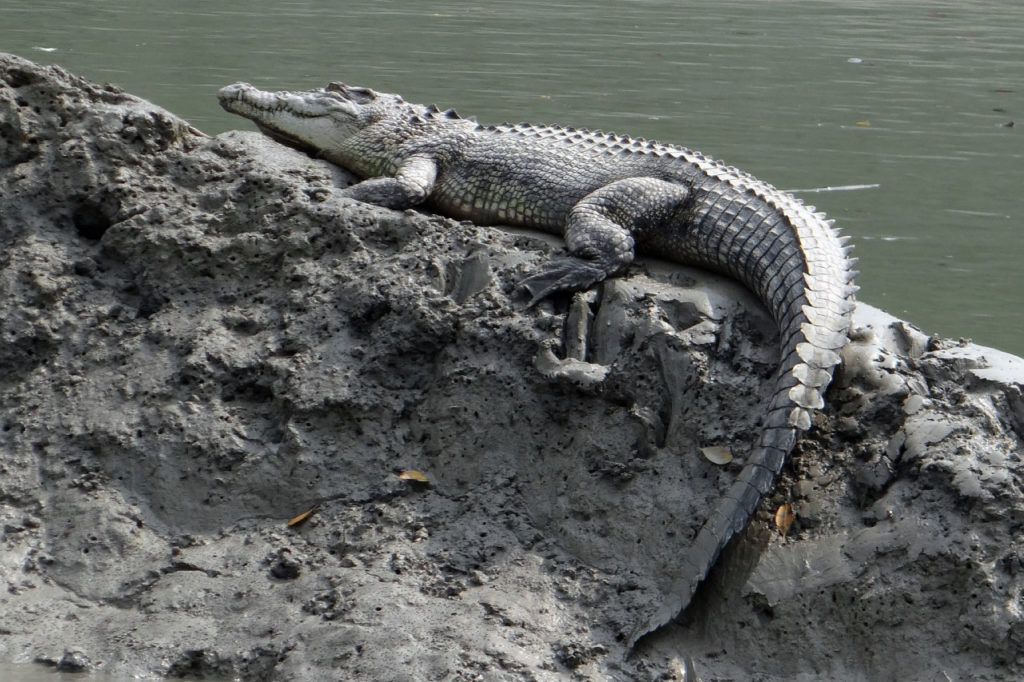
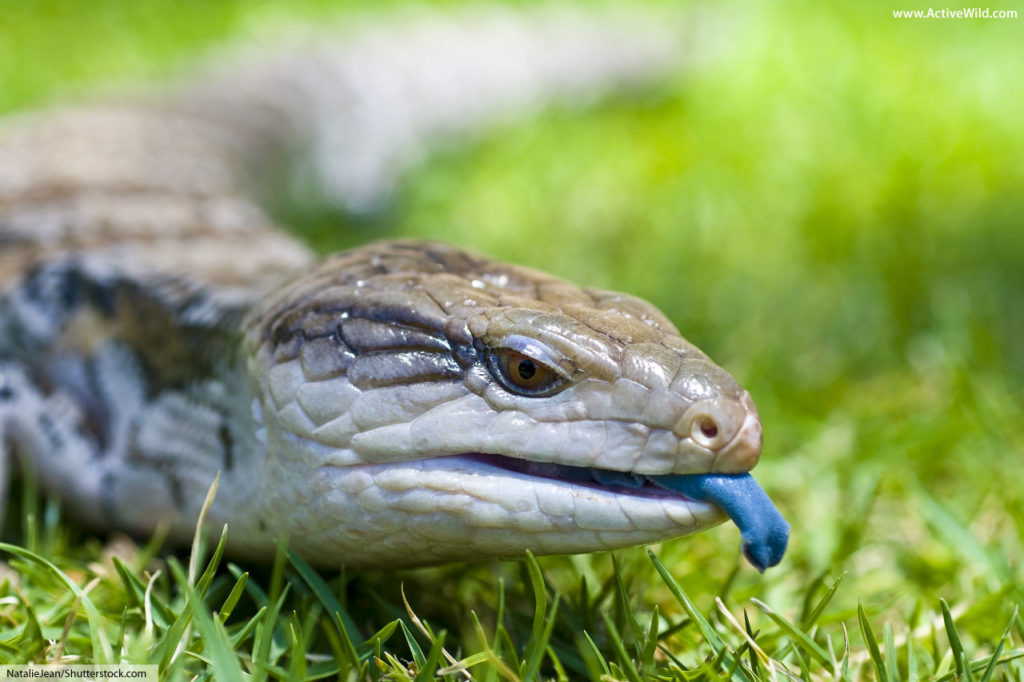


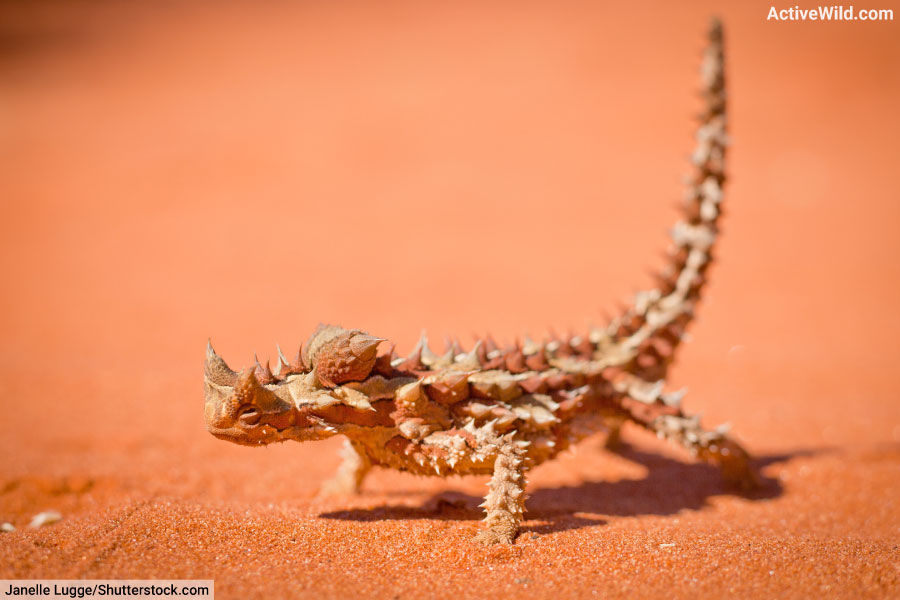






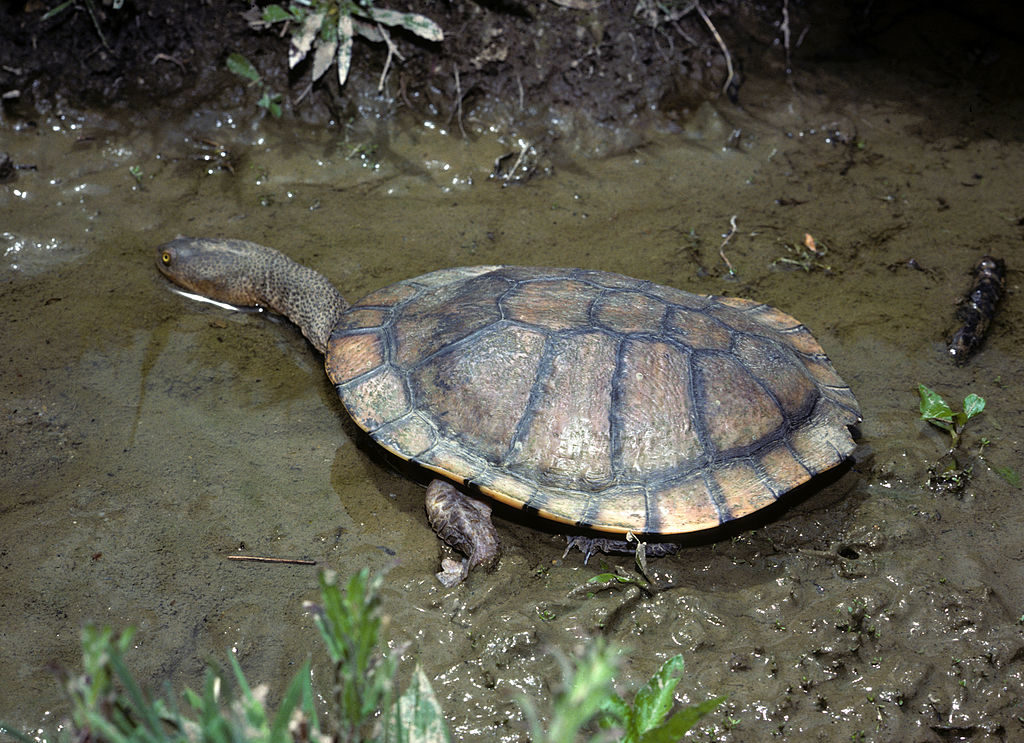
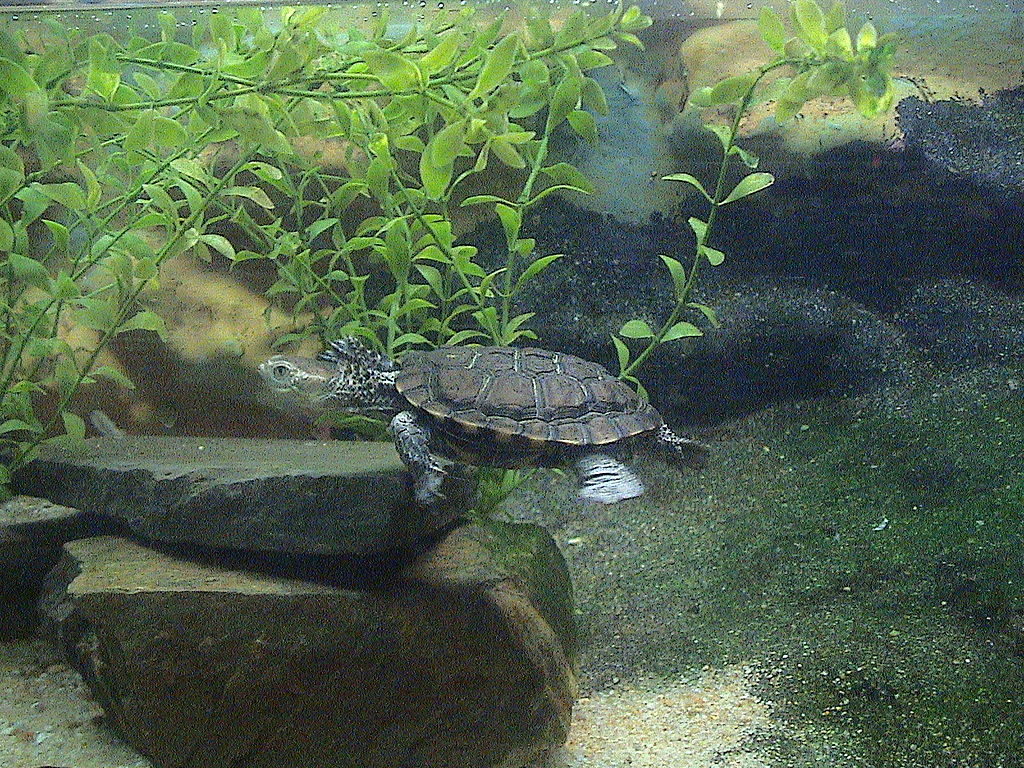

Thank you for all the amazing facts and could you make something that are good reptiles for kids and that are about 6-12?
a inland taipan, also a saltwater crocodile
name at least 1 Australian reptile